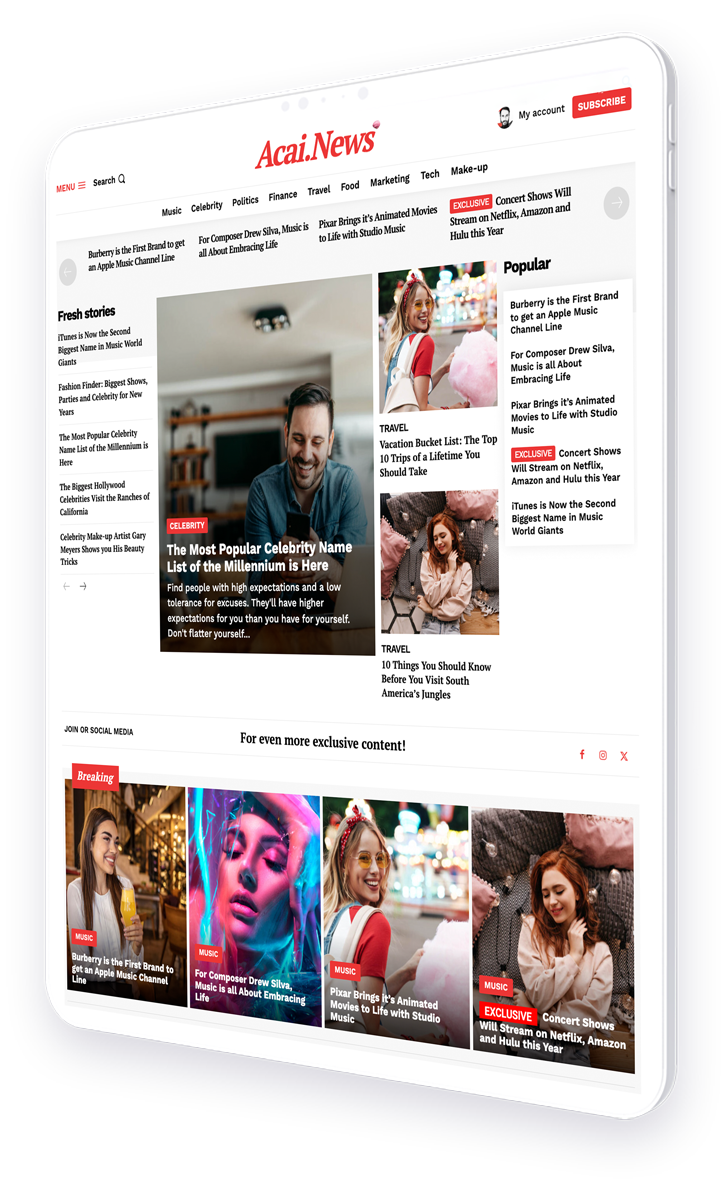Leveraging AI analytics to ensure magazines are optimized for audience interests and engagement
In the rapidly evolving world of publishing, the integration of artificial intelligence (AI) and data analytics is revolutionizing how content is created, distributed, and consumed. AI and data-driven strategies are enabling publishers to tailor content that not only meets but anticipates the needs and interests of their audiences. This article explores how leveraging AI analytics can optimize magazines and other publications for audience engagement and interest.
The Role of AI in Modern Publishing
AI technologies are transforming the publishing industry by providing tools that analyze vast amounts of data to uncover insights about reader preferences and behaviors. These insights are crucial for creating content that resonates with audiences on a deeper level.
Understanding Audience Preferences
AI algorithms can process data from various sources, including social media, website analytics, and reader feedback, to identify trends and patterns in audience behavior. By understanding what topics, formats, and styles engage readers the most, publishers can tailor their content strategies accordingly.
Personalization and Content Recommendations
One of the most significant advantages of AI in publishing is its ability to personalize content recommendations. Machine learning algorithms can analyze individual reader profiles to suggest articles, stories, or features that align with their interests. This level of personalization enhances reader engagement and loyalty.
Data-Driven Content Creation
Data-driven publishing involves using analytics to inform every stage of the content creation process, from ideation to distribution. This approach ensures that content is not only relevant but also optimized for maximum impact.
Content Ideation and Development
AI tools can assist in the ideation phase by analyzing trending topics and predicting future interests. By leveraging data insights, publishers can develop content that is timely and relevant, increasing the likelihood of reader engagement.
Optimizing Content for SEO
Search engine optimization (SEO) is crucial for increasing the visibility of online content. AI-driven analytics can help publishers identify the most effective keywords and phrases to use in their content, ensuring it ranks higher in search engine results.
Case Studies: Success Stories in AI-Driven Publishing
Several publishers have successfully integrated AI and data analytics into their content strategies, resulting in increased engagement and reader satisfaction.
Case Study 1: The New York Times
The New York Times has been at the forefront of using AI to enhance its digital offerings. By analyzing reader data, the publication has been able to tailor its content recommendations, leading to a significant increase in subscriber engagement.
Case Study 2: Condé Nast
Condé Nast, a global media company, has utilized AI to optimize its content across various platforms. By leveraging data analytics, the company has been able to identify the most engaging content formats and topics, resulting in a more personalized reader experience.
Challenges and Considerations
While AI and data-driven publishing offer numerous benefits, there are also challenges and ethical considerations to address.
Data Privacy and Security
As publishers collect and analyze reader data, ensuring data privacy and security is paramount. Publishers must adhere to data protection regulations and implement robust security measures to protect reader information.
Balancing Automation and Human Creativity
While AI can provide valuable insights, it is essential to balance automation with human creativity. Editors and writers play a crucial role in interpreting data insights and crafting content that resonates emotionally with readers.
Conclusion: The Future of AI in Publishing
AI and data-driven strategies are reshaping the publishing landscape, offering new opportunities for creating content that truly resonates with readers. By leveraging AI analytics, publishers can optimize their content for audience interests and engagement, leading to increased reader satisfaction and loyalty. As the industry continues to evolve, embracing these technologies will be crucial for staying competitive and meeting the ever-changing needs of audiences.
For more insights on AI in publishing, visit Forbes.




